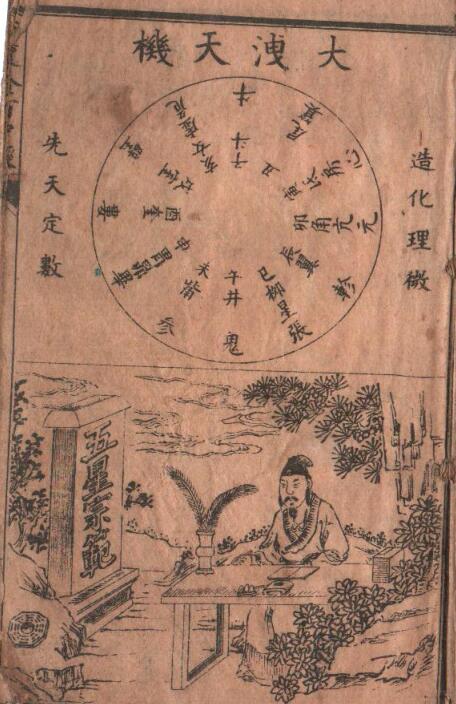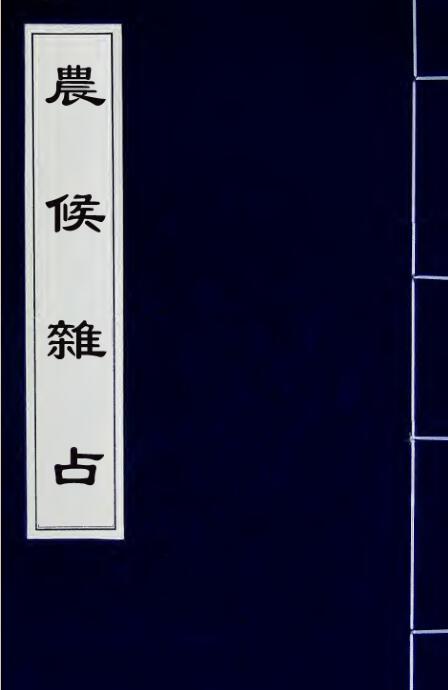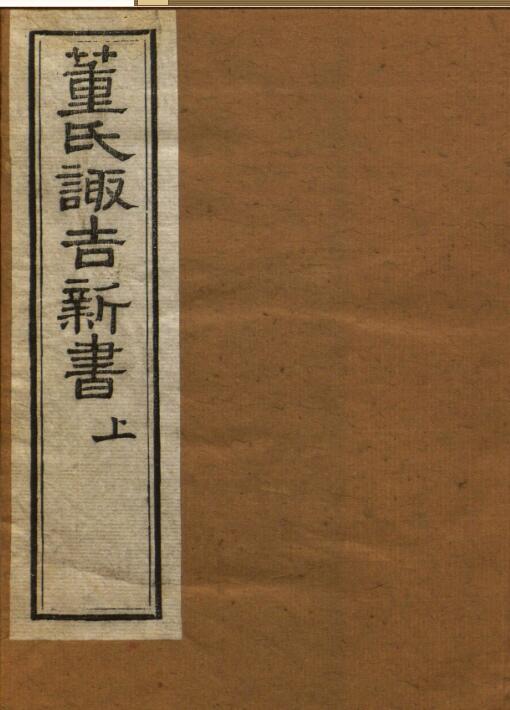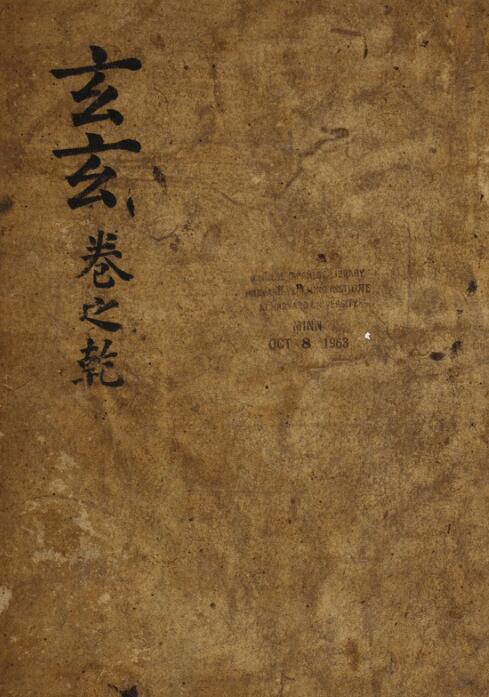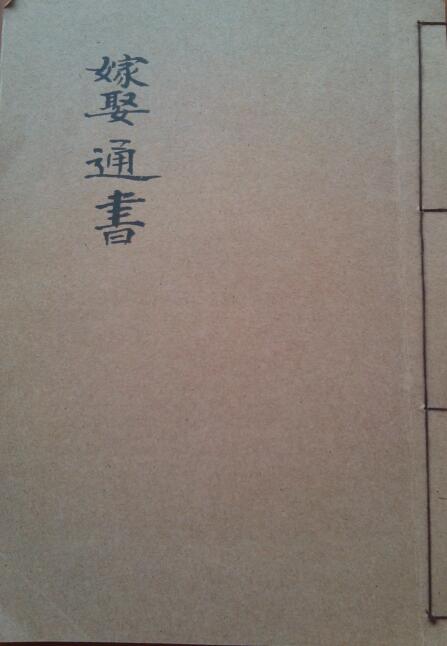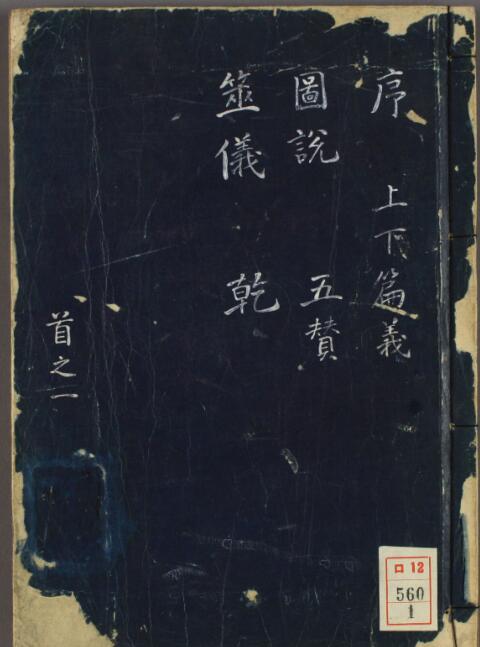An Encyclopedia of General Books on Calendar and Calendar. Twenty-six Volumes. Ming Z2100017
The Compendium of Leibian Calendar and Tongshu was compiled by Xiong Zongli (1409–82) of the Ming Dynasty. He combined two other works of the Ming Dynasty—”Song Huishan Tongshu” and He Shitai’s “Calendar Integration”—into one, revised it, and renamed it for publication. There are 30 volumes in this work. Song, He, and Xiong are listed in the table of contents of the first 19 volumes, but the names of the authors are not listed in volumes 20–30, so it can be inferred that this part may have been written by others. The content of this book is miscellaneous and trivial, and it mainly focuses on choosing daily taboo techniques, including building and breaking ground, attacking nobles and ranking officials, offering sacrifices and praying for blessings, crowning men and women, getting married, building ponds, seeking medical treatment, where plague ghosts are, etc. Using illustrations, it introduces the good and bad luck of each branch between Jianyin in the first month and Jianchou in December, the good and bad gods of the twelve years, the good and bad gods of the moon, the good and bad gods of the day, and the good and bad gods of the time, as well as the directions from the child year to the Hai year, and the directions from the first month to December , Nian God direction, meridian acupuncture, etc. Since the contents of this book are divination information related to daily life and people’s livelihood, it is very popular among readers and has a wide range of applications. However, the calculation principles used in the book are different from other family methods, and the selected auspicious and unlucky dates are also different. Due to the disordered calculation of the artists, the Qing government called for the compilation of the “Imperial Xie Ji Bian Fang Shu” in 1739 to unify the calculation principles of various schools. Therefore, the “Summary of Siku Quanshu” says this book: “At the beginning of the common law, there is no secret meaning, and when it comes to inaccuracies, the “King Ding Xie Ji Bian Fang Shu” can identify it in detail.” In the early Qing Dynasty, some people privately compiled and printed calendars and sold them publicly. It was not until the 16th year of Qianlong (1751) that the government complied with social reality and granted ordinary people the right to print yearbooks and almanacs. This book may be one of the bibliography of the author of the official yearbook at that time
Title Compendium of general calendar books File size 401 MB (420,614,144 words section) File Format PDF number of pages 891 pages double-sidedNetwork Disk Download
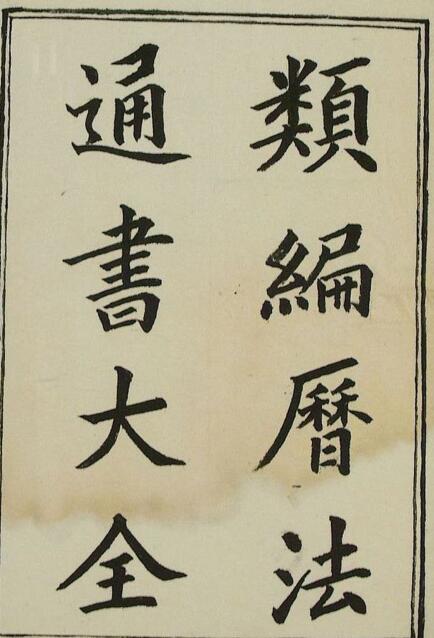


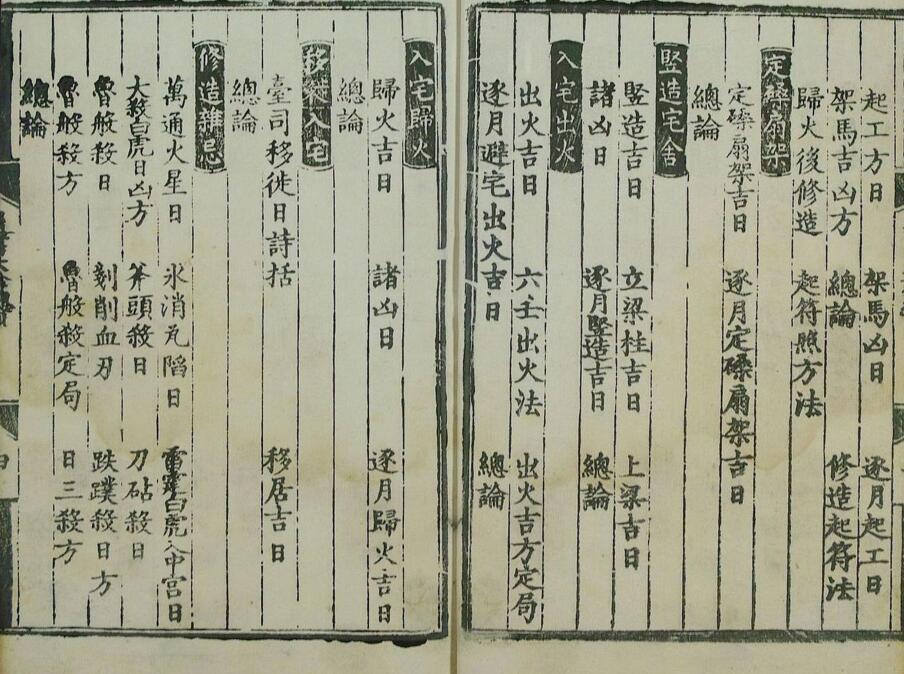
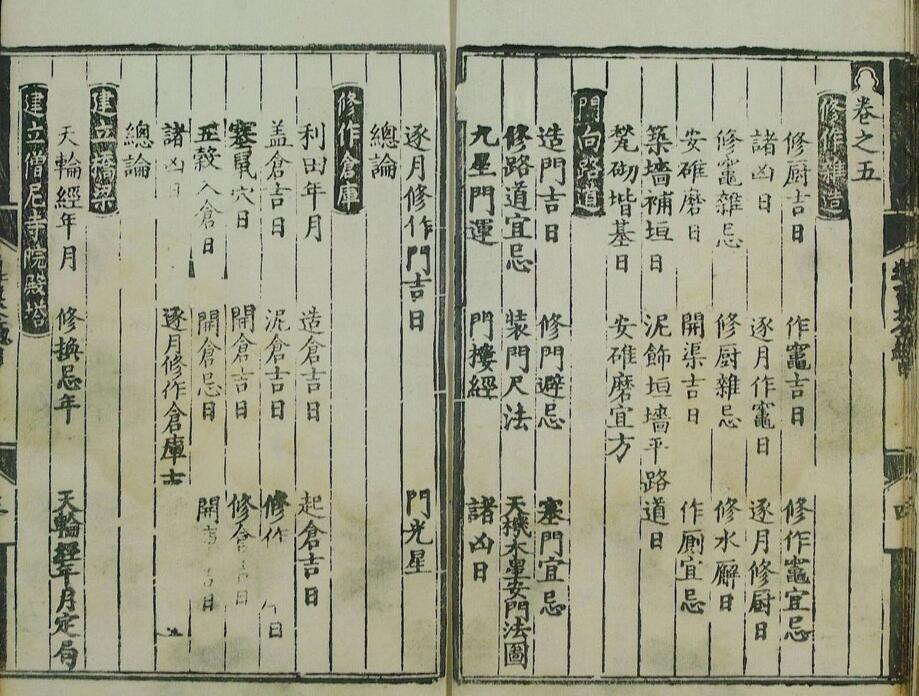
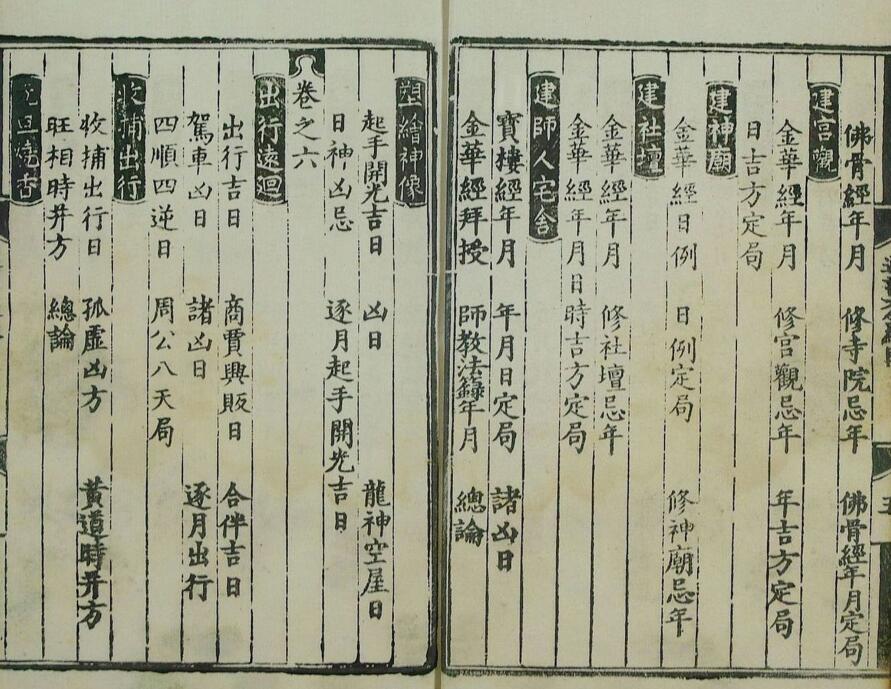
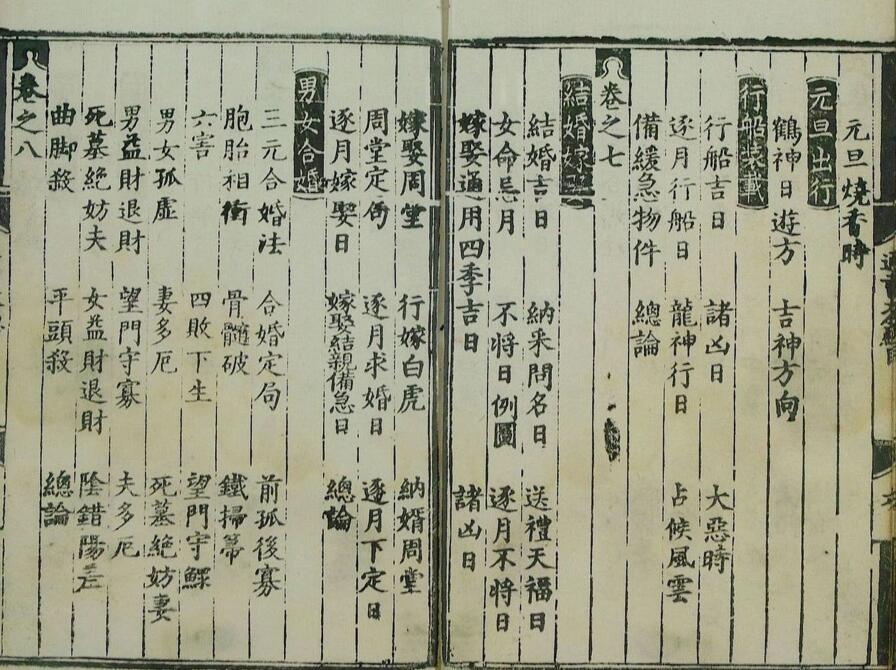
BOOK INFO:
- Publication Date: 未知
- Language: 中文
- Identifier: 内部视频
- Total Pages: 1
- File Type: PDF
Download Link:
Payment Method:
1、Open Tittle
2、Click to Pay New
3、Click on the material you want to buy
4、Click on "Payment Methods"
5、Click on the material you want to buy
6、Choose from one of your existing payment methods or add a new one
7、Complete purchase
NOTE: If you add a payment method when making a purchase, it will be saved in your account.

